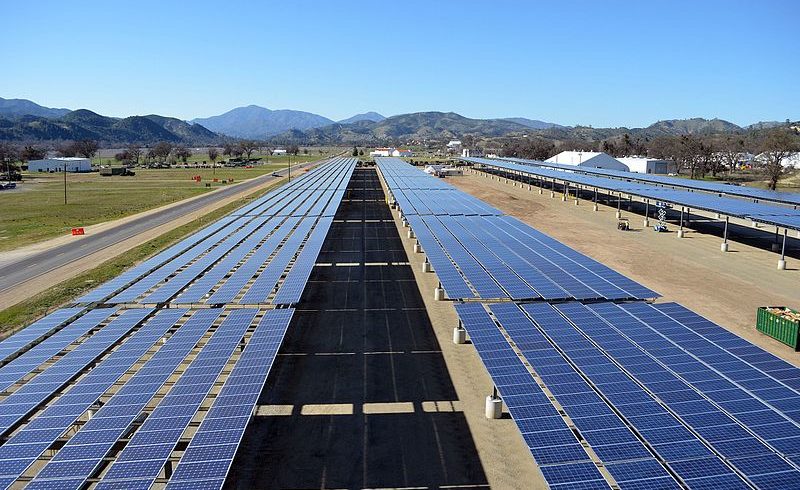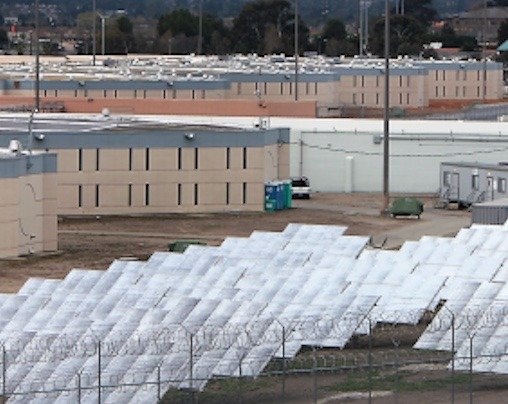The electrical grid is the largest tangible network created by humankind. It all started in 1880’s, when energy was produced very close to end users, usually big industrial facilities. After 150 years of development, the world created incredible infrastructure to assure electricity supply almost anywhere. Since then, electrical grids have been expanding and embracing more generation units and end-users while covering extensive areas. That pattern, once obvious and most practical, became outdated. Overloaded electrical grids are difficult to maintain, unstable and, in case of infrastructure damage, extremely time-consuming to restore.
On September 20th, 2017, when Hurricane Maria crashed into Puerto Rico, about 95% of the island lost electricity. This energy crisis demonstrated how non-resilient the current grid is. Extreme weather events crippled the entire island. It could have been significantly mitigated - if not avoided - if Puerto Rico had developed independent microgrids. Downscaling the electrical grid by creating dispersed microgrids would increase reliability and resiliency in the electricity supply.





